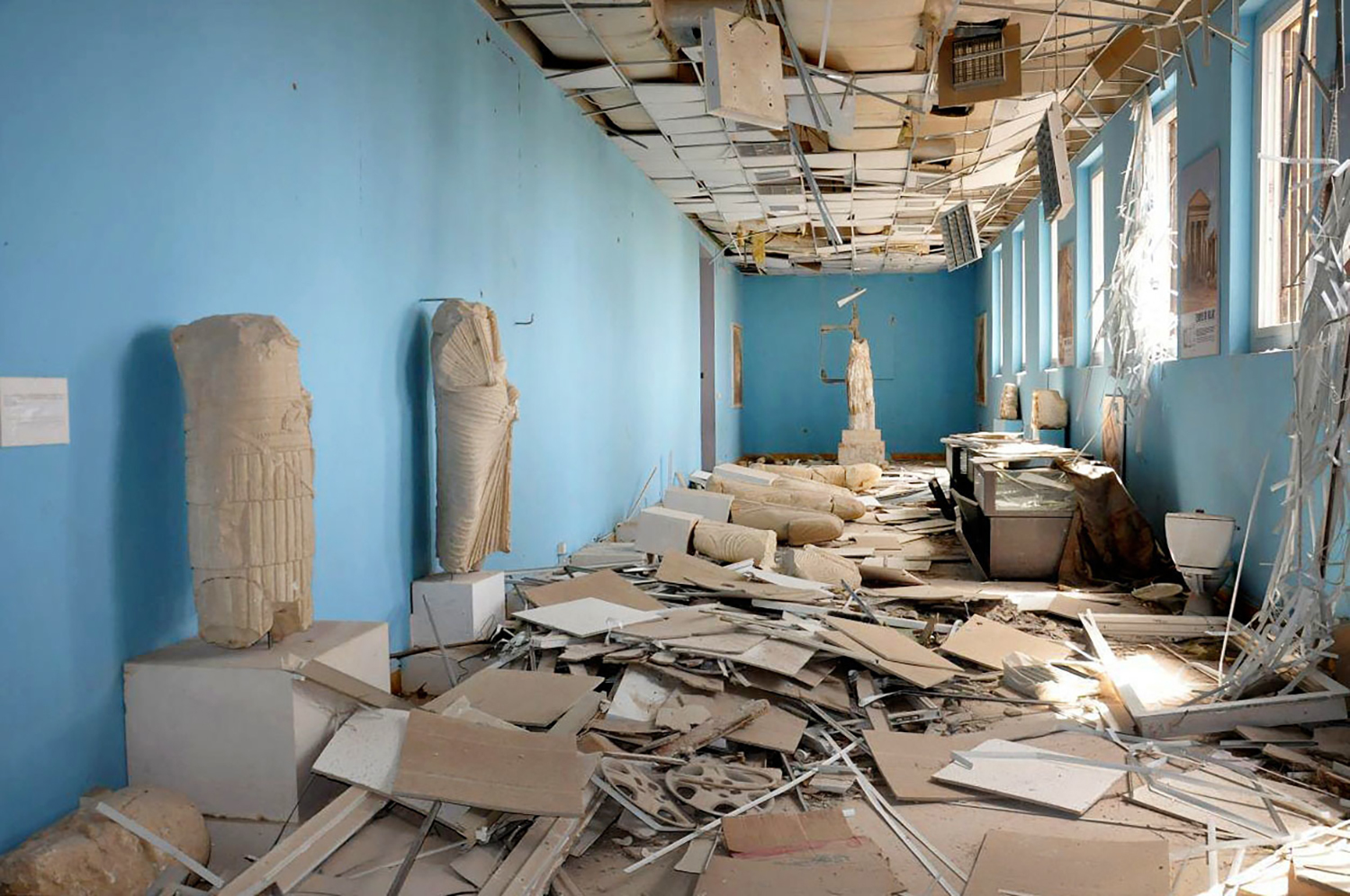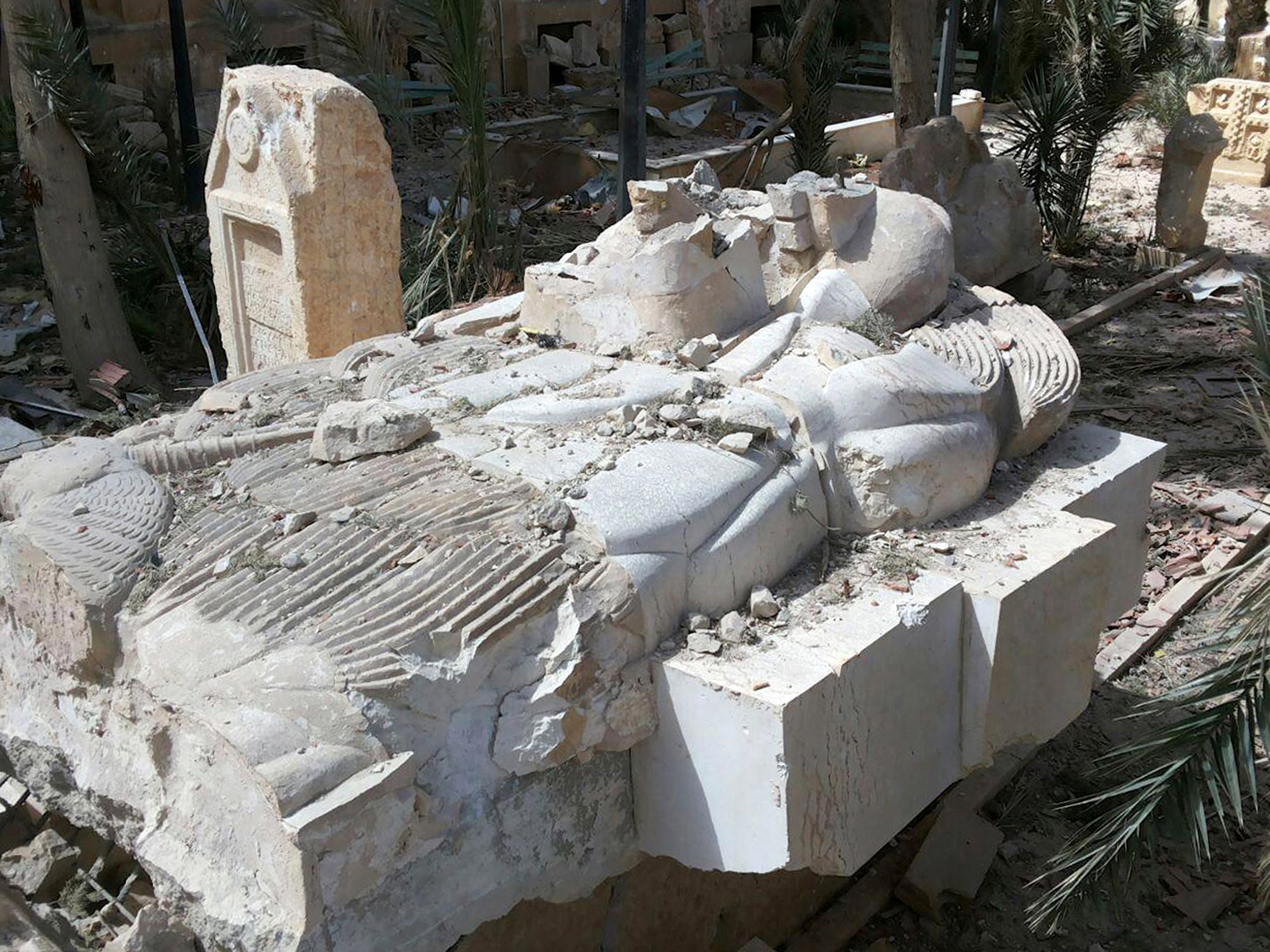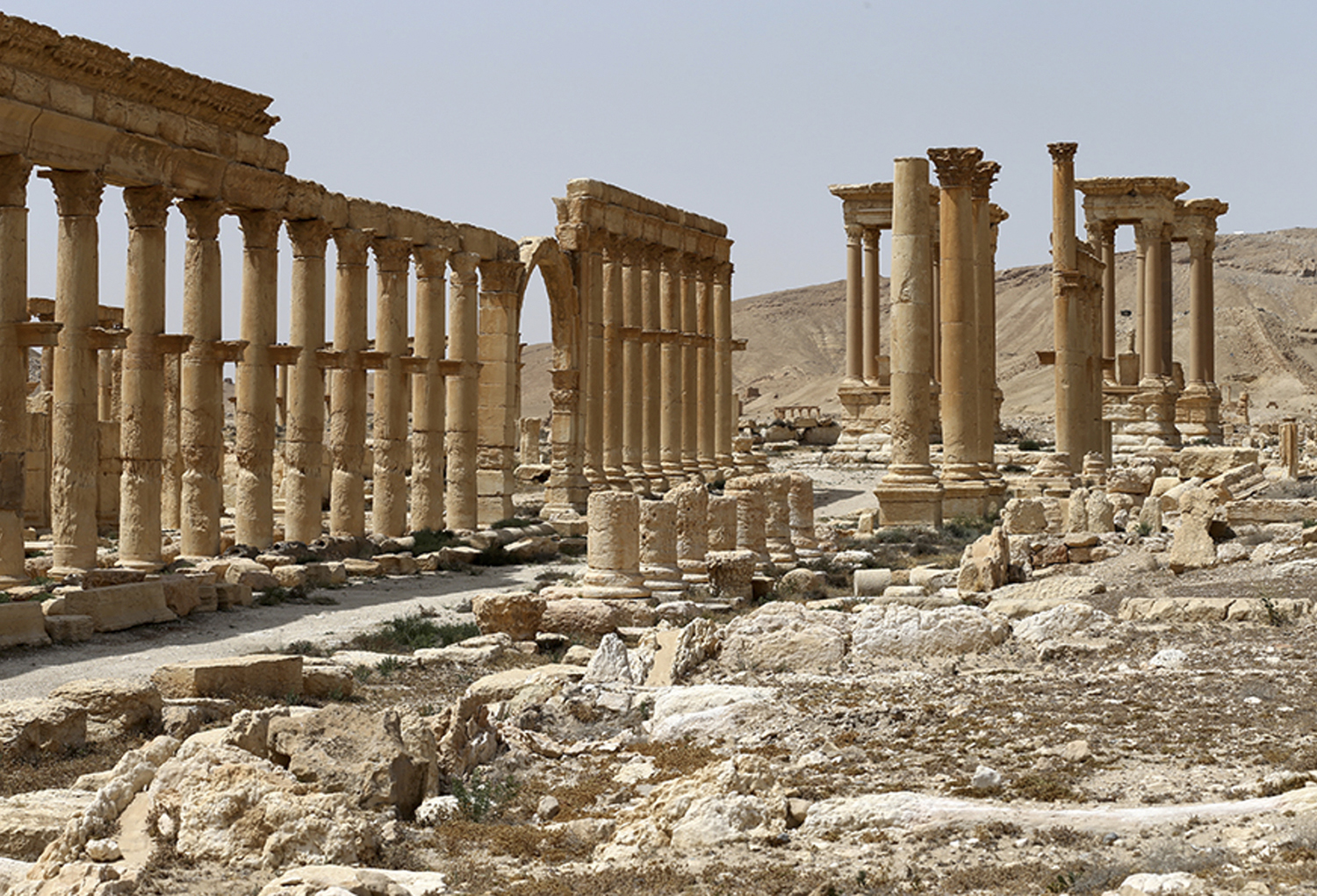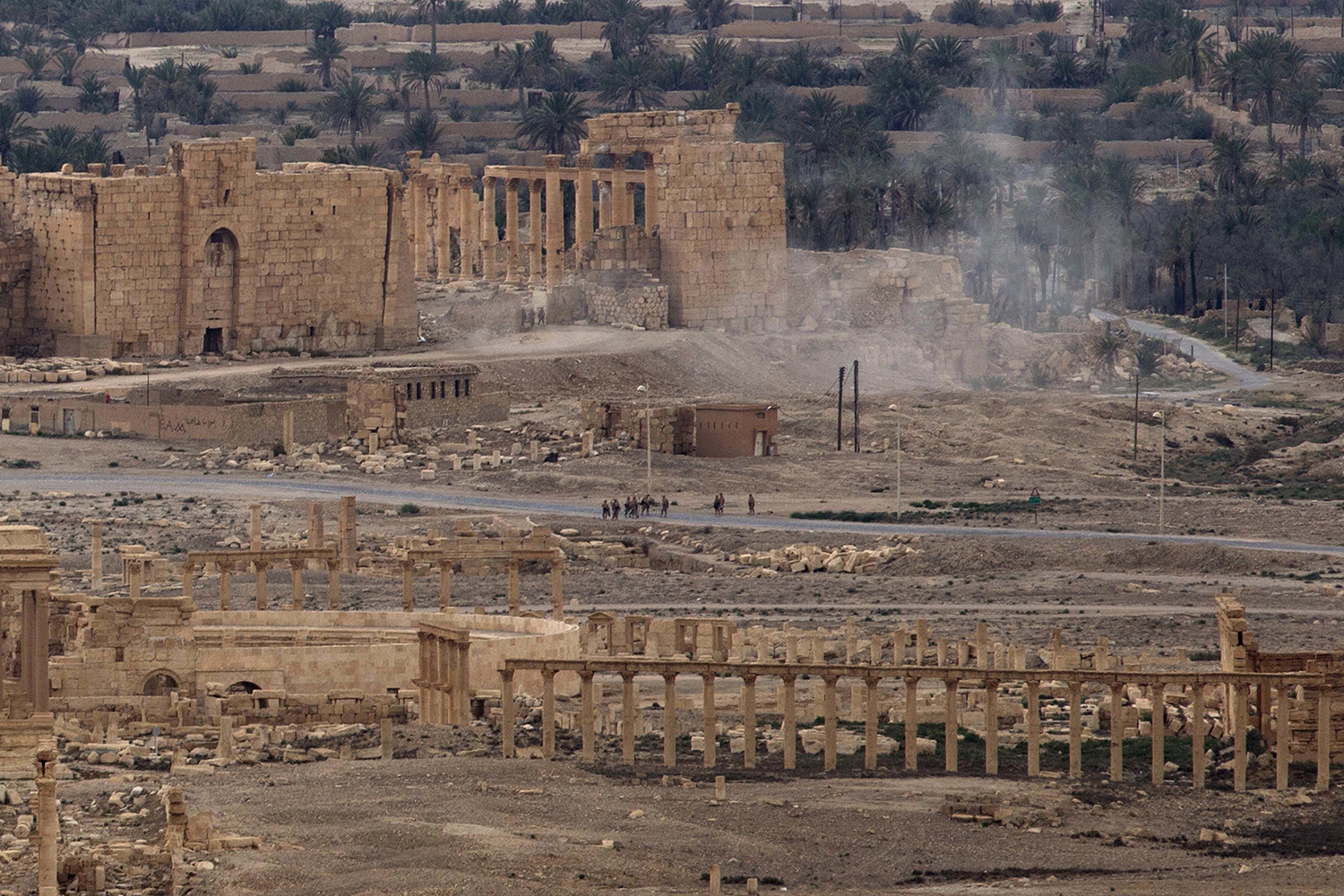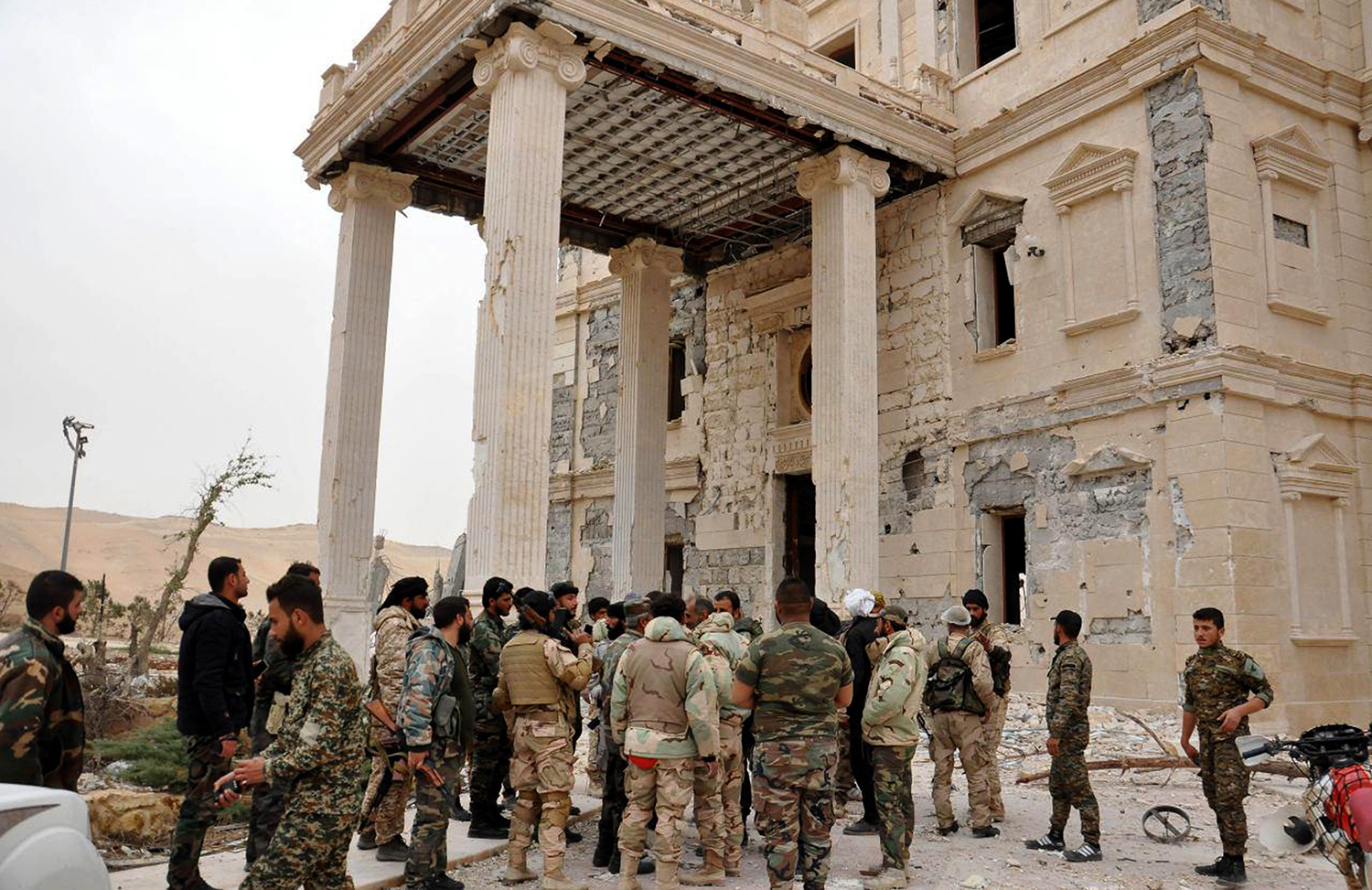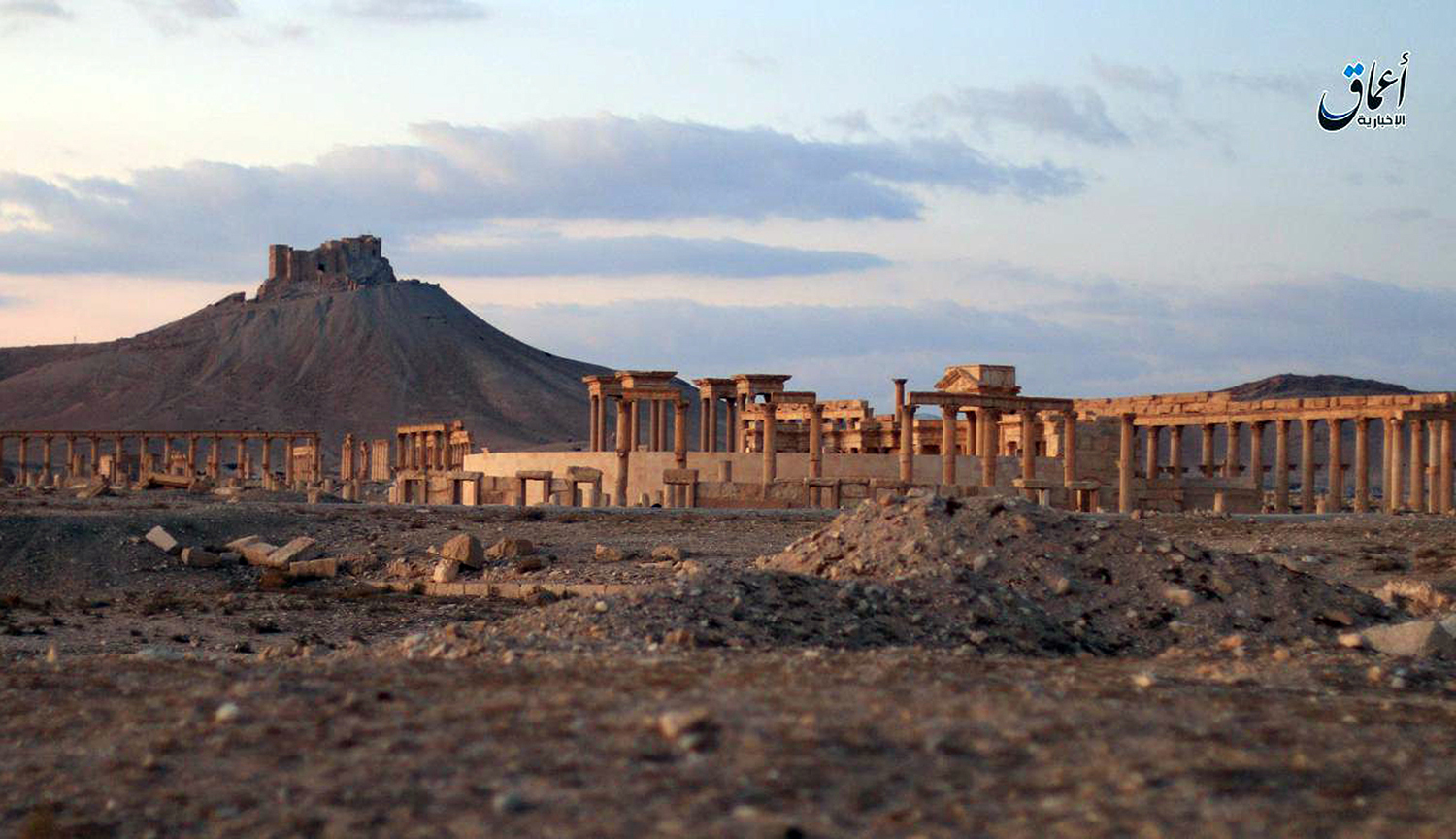Förödelsen i världsarvsstaden Palmyra
avPalmyra – världsberömd för sina romerska och arabiska fornlämningar – intogs av IS i maj 2015. Då genomförde terrorgruppen massavrättningar i staden och förstörde oersättliga historiska tempel och gravar.
Den syriska armén återtog staden i mars 2016, men nu rasar åter striderna i och kring Palmyra.

